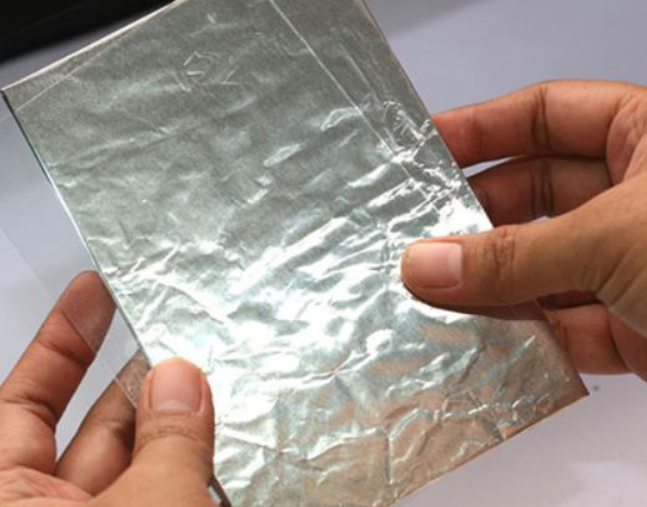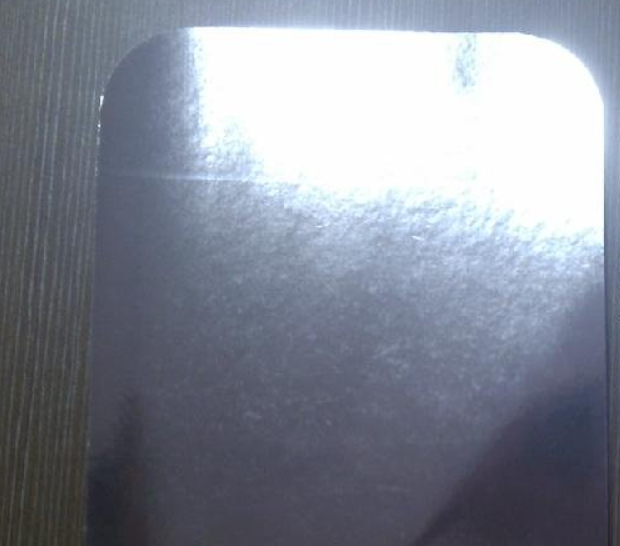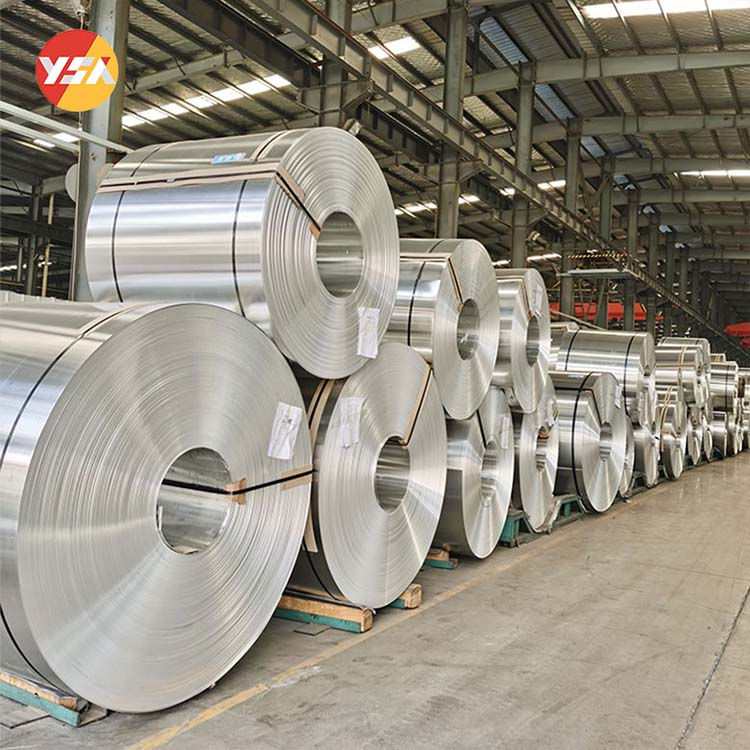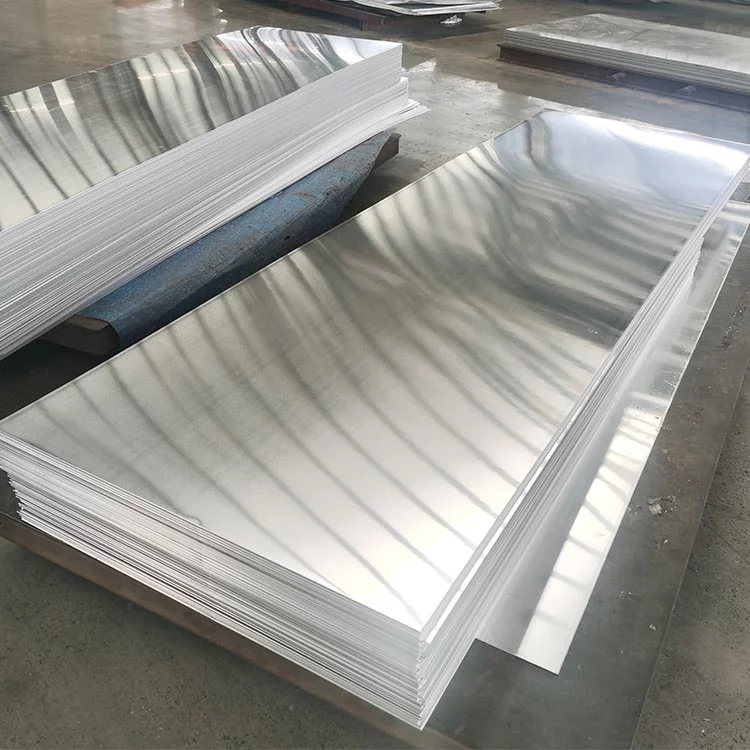Making a mirror with aluminum foil is a simple and fun DIY project that can be done at home with just a few materials. Here’s a step-by-step guide on how to make a mirror using aluminum foil:
Materials Needed
1. Clean, smooth surface (such as a piece of glass or a mirror frame)
2. Aluminum foil
3. Spray adhesive or adhesive tape
4. Scissors
5. Soft cloth or sponge
6. Optional: clear acrylic or glass sealer

Instructions
1. Prepare the Surface
Start by cleaning the surface where you’ll be applying the aluminum foil. Make sure it’s smooth and free of any dirt, dust, or debris.
2. Cut the Aluminum Foil
Cut a piece of aluminum foil slightly larger than the surface you’re covering. You may need to overlap multiple sheets of foil to cover larger areas.
3. Apply Adhesive
If you’re using spray adhesive, spray a thin, even layer onto the surface. If you’re using adhesive tape, apply strips of tape along the edges of the surface.
Be sure to work quickly if using spray adhesive, as it can dry fast.
4. Place Aluminum Foil
Gently lay the aluminum foil over the sticky surface. Make sure it is smooth and has no wrinkles or creases.
If overlapping multiple sheets of foil, make sure the seams are tightly pressed together to avoid gaps.
5. Smooth Out Foil
Use a soft cloth or sponge to gently smooth out the aluminum foil, pressing out any air bubbles or wrinkles.
Take your time with this step to ensure the foil is evenly adhered to the surface.
6. Trim Excess Foil
Use scissors to trim any excess foil from the edges of the surface, leaving a neat and clean finish.
7. Optional: Seal the Foil (Recommended)
To protect aluminum foil, you can use a clear acrylic or glass sealer. This will also improve its reflective qualities.
Follow the manufacturer’s instructions for applying the sealer and allow it to dry completely before using the mirror.
8. Enjoy Your DIY Mirror
Once the adhesive and sealer have dried (if applicable), your DIY aluminum foil mirror is ready to use!
Hang it on a wall, place it on a tabletop, or use it as a decorative accent in your home.

Tips
1.For a smoother and more reflective surface, try to minimize wrinkles and creases when applying the aluminum foil.
2.Experiment with different types of surfaces and adhesives to achieve the desired result.
3.Be cautious when handling aluminum foil to avoid tearing or damaging it.
You can make your own mirror with aluminum foil. This adds a unique and creative touch to your home decor.
Why Use Aluminum Foil as a Mirror?
- Cost-Effective
- Foil is cheaper than glass or acrylic mirrors. A roll costs 2–2–5 vs. $20+ for a basic mirror.
- Ideal for one-time use (e.g., school projects, costumes, or temporary decor).
- Lightweight and Flexible
- Easy to cut, bend, and attach to curved surfaces (e.g., costumes, props, or DIY installations).
- Quick and Easy to Make
- No specialized tools required—just foil, adhesive, and a base (e.g., cardboard).
- Reflective Enough for Basic Needs
- Reflects ~85% of visible light, sufficient for crafts, experiments, or non-critical uses.
- Safe for Kids
- No risk of broken glass, making it suitable for classroom activities or children’s projects.
Common Use Cases
- Costumes and Cosplay: Create shiny armor, sci-fi props, or disco-themed accessories.
- Science Experiments: Study light reflection, solar heat redirection, or optical illusions.
- Temporary Decor: Photo backdrops, party decorations, or festival installations.
- Survival Situations: Signal for help by reflecting sunlight (though polished metal works better).
Limitations Compared to Real Mirrors
- Poor Image Clarity
- Foil’s surface is prone to wrinkles and imperfections, causing distorted reflections.
- Glass mirrors offer crystal-clear images due to a smooth, silver-coated surface.
- Low Durability
- Foil scratches easily and tarnishes over time due to oxidation.
- Not waterproof—humidity or spills can ruin the finish.
- Short Lifespan
- Best for short-term use (hours to days). Glass mirrors last decades with proper care.
- Fire Hazard
- Aluminum foil is flammable and should never be used near open flames.
When to Avoid Aluminum Foil Mirrors
- For daily grooming (e.g., bathroom mirrors).
- In high-humidity environments (e.g., showers).
- For precision tasks (e.g., applying makeup or shaving).
Science Behind Foil’s Reflectivity
- Aluminum’s metallic surface reflects light due to its free electrons, which absorb and re-emit photons.
- However, microscopic flaws in foil scatter light, reducing clarity.
- For better results:
- Use heavy-duty foil (smoother surface).
- Apply foil to a rigid, ultra-flat base (e.g., glass or acrylic).
Alternatives for Improved Reflectivity
- Adhesive-Backed Mylar Sheets
- More durable, wrinkle-resistant, and reflects ~95% of light.
- Polished Stainless Steel
- Long-lasting and scratch-resistant, but heavier and pricier.
- Acrylic Mirrors
- Shatterproof and lightweight, ideal for crafts or kids’ rooms.


